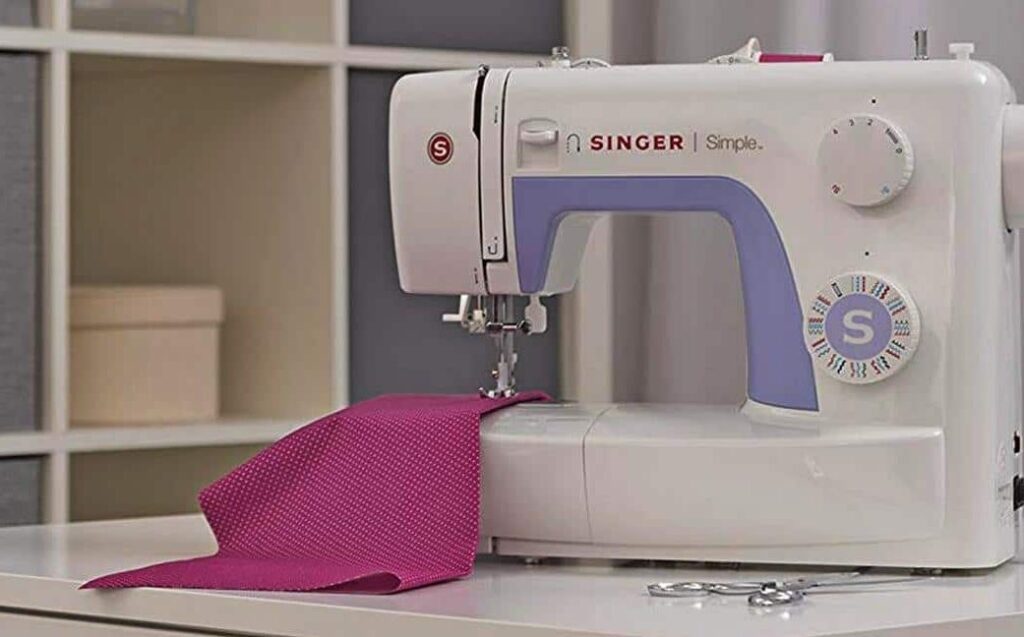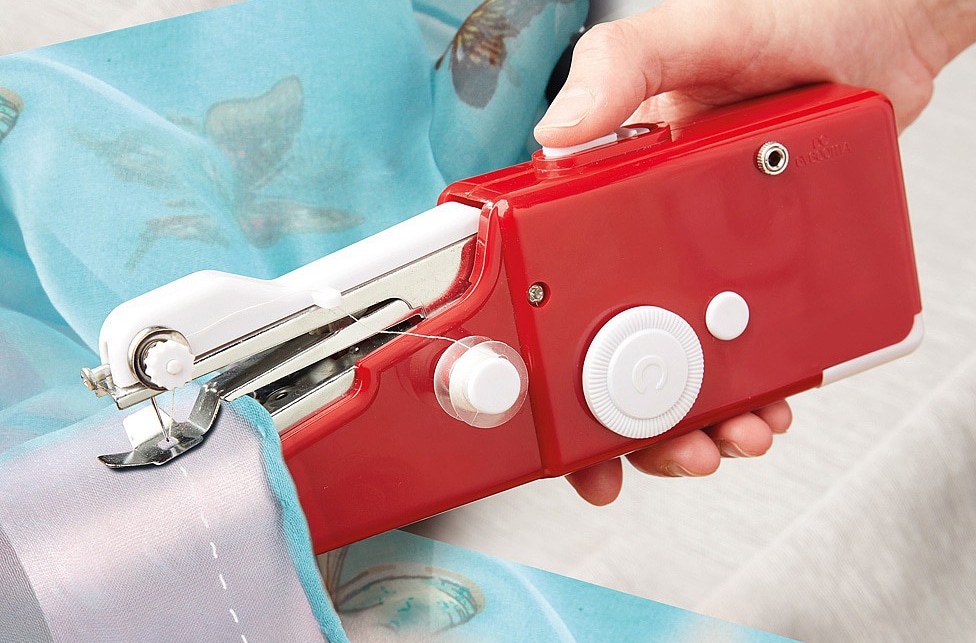Whether you’re buying a beginner sewing machine or a more advanced model, sooner or later it is bound to freeze. There are a variety of reasons why this happens, which can be a bit frustrating if you don’t know what to look for. Proper maintenance can prevent your sewing machine from freezing but it may not eliminate this issue permanently, so knowing the proper procedure for how to unfreeze a sewing machine is a must.
As well as knowing the causes for a frozen sewing machine, you also need to have the proper tools on hand to solve the issue. If it’s your first time dealing with this issue, you may not have those tools on hand but they are easy to find. This makes it much easier to clean out your sewing machine and get it back up and running, so you can finish all of those projects you have on your mind.
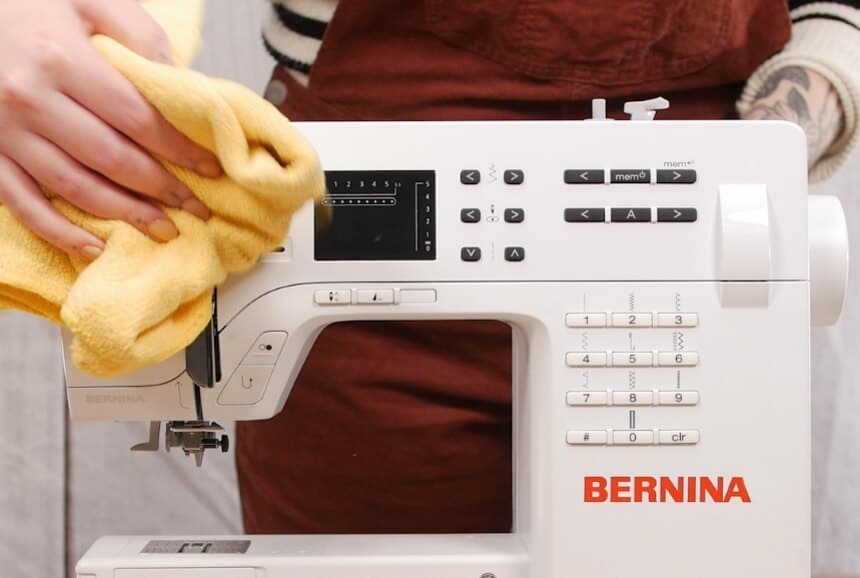
Dust, dirt, and thread lint can clog the mechanisms in a sewing machine, which can also cause freezing. There could also be some issues with your sewing machine’s bobbin and hook assembly or some broken parts that keep the machine from running as it is supposed to.
Figuring out how to unfreeze a sewing machine isn’t necessarily an easy task, depending on the cause of the issue, but taking the time to fix it properly is a must to ensure your machine works the way it’s supposed to once the problem is solved.
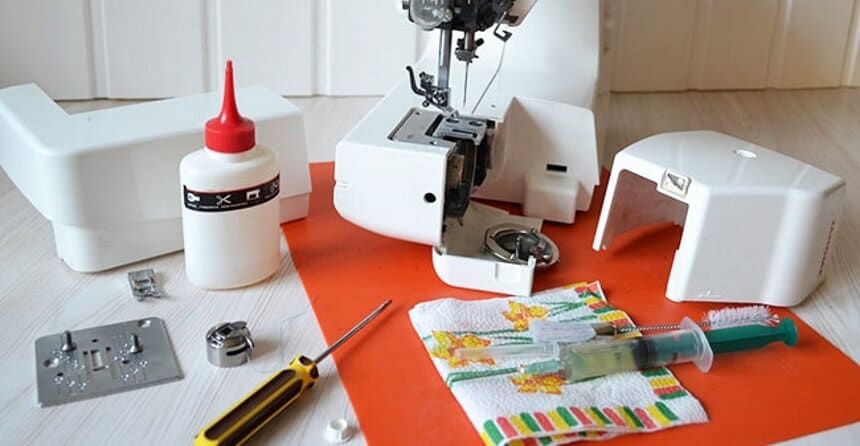
The right tools for this job include:
Once you’ve gathered these tools, you’re ready to sit down with your sewing machine and solve its freezing issues.
Now that you’ve gathered the necessary tools, it is time to figure out the cause of the frozen sewing machine. There are a few steps to follow for this process, so take your time with them to be sure you’re covering all the necessary areas and cleaning out the debris that has collected in the smaller areas before moving on to the harder steps.
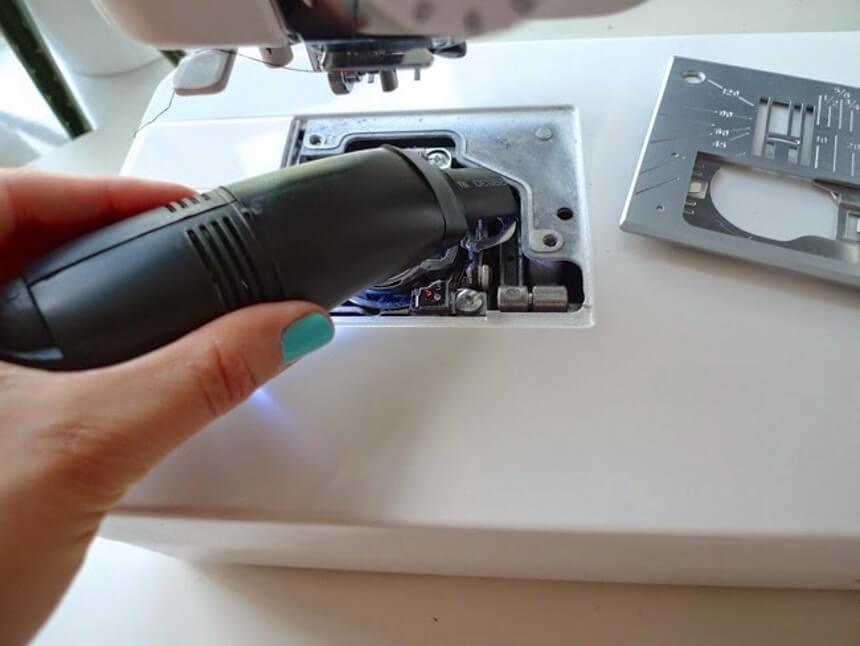
Then you need to remove the carrier. This piece is located beneath the needle plate cover. Slide it aside and remove the carrier piece, then clean it using a brush or a mini vacuum cleaner. Once both of these pieces are cleaned, turn the sewing machine wheel. If it moves freely, you can replace those pieces and start to sew again. If not, move on to the next step.
If the bobbin or case is not the problem, you need to clear out anything else that could have collected in this area. Check to make sure the bobbin case is properly installed since it could prevent the handwheel from turning if it is out of place.
You should also check for any needles. These can break or fall into the sewing machine’s shuttle area, blocking the handwheel from turning, so remove any full or broken needles. Replace the bobbin and carrier once again and try to turn the handwheel. If it turns freely, you’ve solved the problem.
If you’ve followed the first two steps and your sewing machine is still frozen, you may need to look inside the machine. This requires the removal of the covers. There are top, bottom, and side covers to take off, so carefully use your screwdriver to unscrew them.

A good way to remove everything that has collected inside your sewing machine is to use an air compressor. This blows every loose particle out of the machine. There may be some pieces of thread tangled around some of the machine parts. If so, reach in and gently remove them by hand.
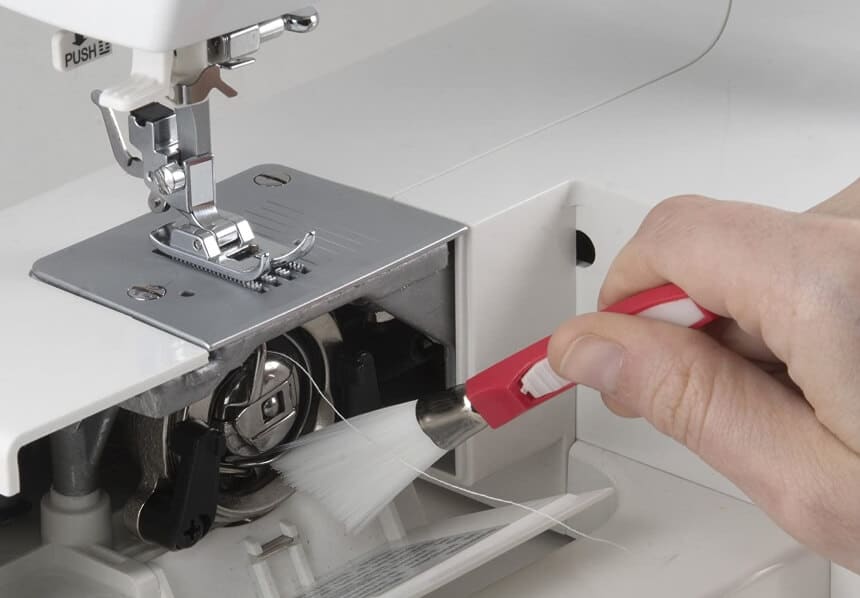
While you have the cover off, you can also lubricate parts of the machine. Do this with a quality lubricant that won’t gum up the parts while keeping everything running smoothly, like the Universal Sewing Machine Oil. You can apply the oil with specially designed swabs, such as the Singer Clean Sweep Swabs, which include 6 pieces of assorted lengths and soft sponge tip heads.
Once you’ve cleaned and lubricated the machine, try to turn the handwheel again. If it works, you can put the covers back on.
If you’ve completed all the previous steps and the sewing machine is still frozen, you’ll have to try a few other options. First, check out the systems for the pulleys, tensioner, and drive. Clean them with your brush, vacuum, or compressor, and try the handwheel again.
Sometimes there is lubricant residue on some of the parts that the brush can’t clean off. For this issue, use a solvent and your hairdryer to remove it. You may need to let it soak in the solvent for a few hours to break down the residue before you can remove it properly.
After all of these steps, if you’re machine is still frozen, seek professional help for it. Speak with a sewing machine technician or call your sewing machine brand’s customer service for assistance.
Sewing machines are fantastic tools that allow you to create some amazing projects, including clothing, drapes, pillows, and even stuffed toys for your little ones. They allow you to work at speeds that hand sewing can’t compete with. The downside is that these machines can freeze now and then from misplaced pieces, broken needles, or dust and lint getting into the delicate sewing machine parts. Knowing how to unfreeze a sewing machine and having the right tools for the job can help you remedy this issue. You should also learn how to properly maintain your sewing machine to prevent this issue from halting your progress every time you sit down at your sewing machine.



